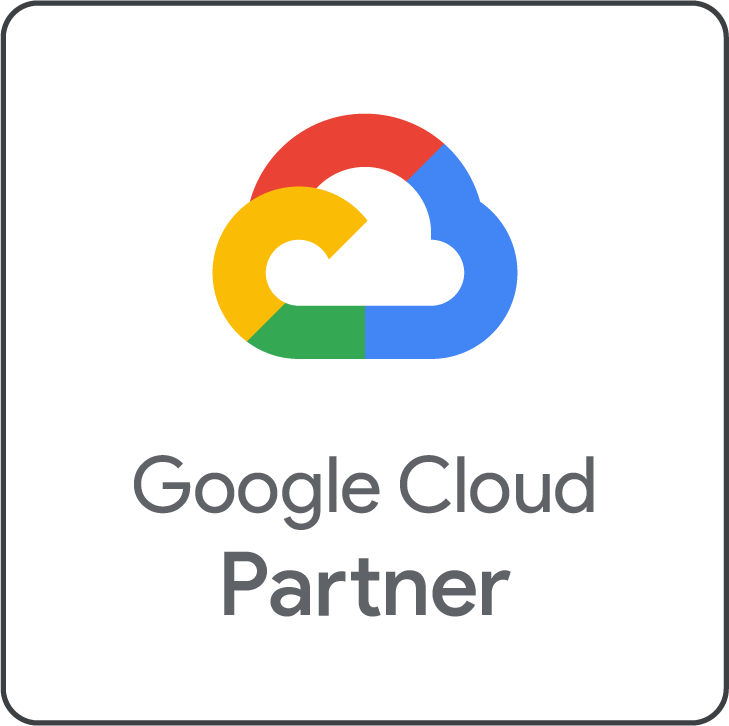Trends in technology evolve at breakneck speed. What’s hot off the press one day, may already be old news the next. This means that keeping up with the latest news is absolutely crucial, to give you a leg up when it comes to making informed decisions and taking your next steps towards innovation.
However, with all the newsletters, reports and publications out there, there’s an overwhelming amount of content to read through. To help you catch up on the latest news, we’ve analyzed various reports and lined up our top three trends, which we believe will help reshape and transform various industries.
3. Machine learning
The world is filled with all kinds of data, from pictures, to videos, to text and more. But gaining insights from data and converting that into knowledge, can be a tedious and difficult task. When you use the machine learning and AI tools offered by Google, you can move from data to insights in a quick and automated process. These machine learning and AI tools exist both as standalone applications, as well as smart additions woven into G Suite to make you “work smarter, not harder”. At its core, machine learning means you’re automating decision-making using data. To help you with this, Google provides a wide variety of machine learning and AI tools such as: pre-trained models to use directly in your application, sql models that you can use directly in your data warehouse or your own custom models trained by Google’s large scale infrastructure.

While this makes AI and machine learning sound very difficult and theoretical, the actual applications can be very practical. The Smart Compose feature in Gmail, for instance, autosuggests both common and personalized phrases to help type up an email quicker. And the Smart Reply feature in Gmail has learned from previous email responses how to automatically generate replies for when you need to work through your inbox quickly.
Both are specific and practical applications of machine learning, which helps you save time for the tasks that matter. And with larger scale applications of machine learning and AI being worked on, such as self-driving cars, we’re still only scratching the surface of possible innovations!
2. Hybrid cloud
Workloads are shifting more and more towards the cloud. The reasons for doing so are clear: the cloud is secure and scalable, and requires less hands-on upkeep and manual maintenance of physical servers. However, users tend to shop around for cloud providers, instead of opting for one single service to address their needs. This modular approach to the cloud allows users to continue with on-premise solutions, alongside private cloud and public cloud services. It makes it possible to implement the best parts of each service into one unified infrastructure. As such, hybrid cloud helps increase users’ ability to adapt flexibly as needed, and minimizes vendor lock-in.

To support this way of working, Google announced Anthos at Google Cloud Next ‘19. Anthos embraces open standards, in line with hybrid cloud philosophy, and enables you to run your applications unmodified on either existing on-premise hardware investments or in the public cloud. Quick wins of hybrid cloud implementation include reduced maintenance costs and an instantly increased accessibility and scalability of your IT infrastructure. Additionally, spreading workloads in a hybrid cloud helps keep critical workloads online at all times. In short: hybrid cloud appears to be the way forward to address today’s need for flexibility and scalability in infrastructure!
1. Data visualization
ata is generated everywhere throughout an organization. Gathering and gaining insights from this data is at the heart of business. Whether you are aiming to know when to expect peaks in customer traffic, or to comprehend ROI on marketing efforts, or simply to understand your key demographic: measuring is knowing, and analyzing leads to insight. Visualizing this data in the form of interactive dashboards or reports and sharing these with relevant stakeholders, helps disseminate knowledge throughout your organization, allowing for informed, data-driven business-decisions.
However, the more data your organization gathers, the more daunting the tasks becomes of manually poring over each and every entry. Not to mention the infrastructure required to store, maintain and visualize larger datasets. Enter Google’s managed data services, to make the road from data to insights a far less bumpy one. For a more detailed rundown of Google’s data services, make sure to watch the webinar below, where our data expert Bas takes a detailed look at the tools that are offered.





